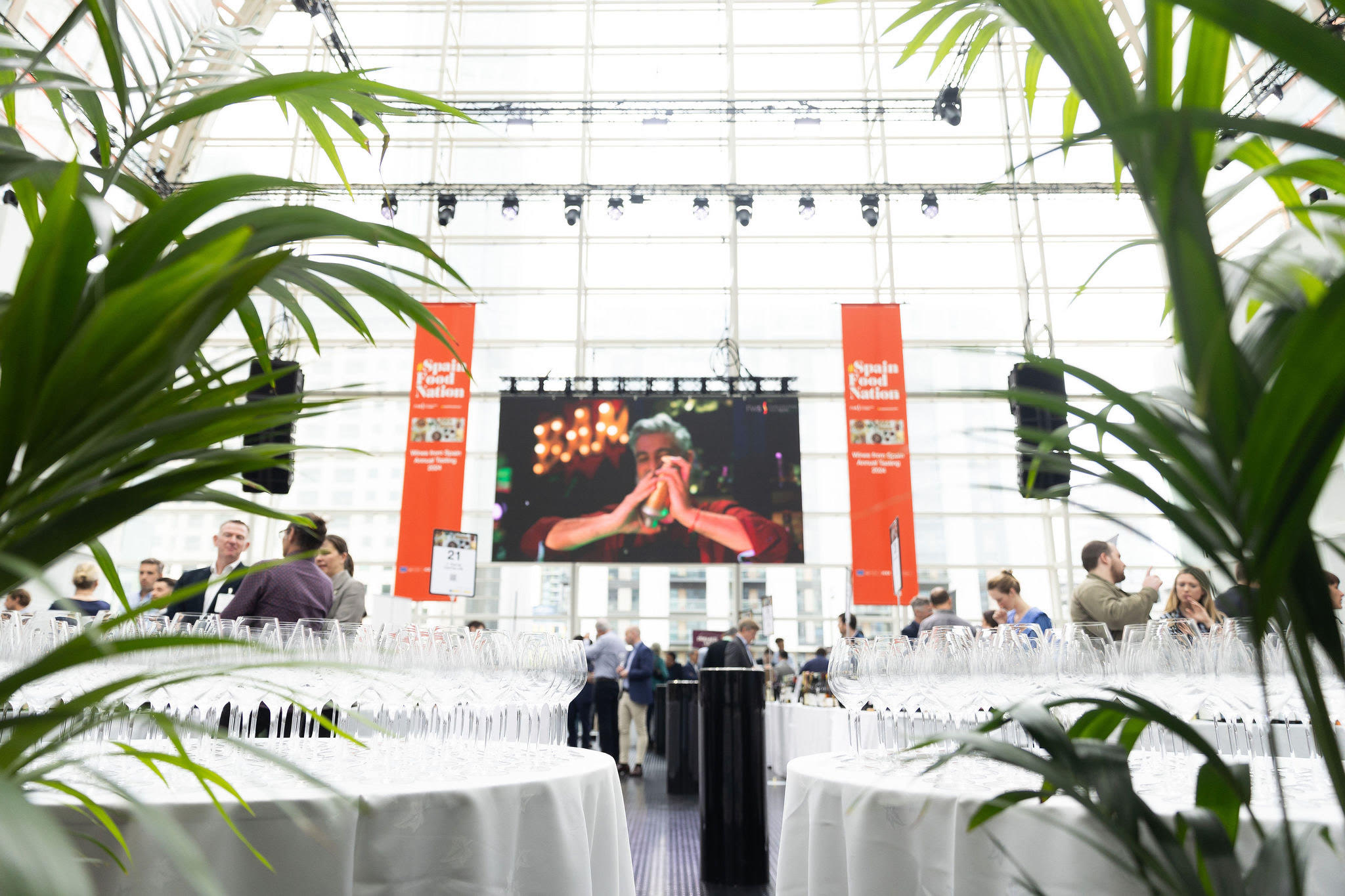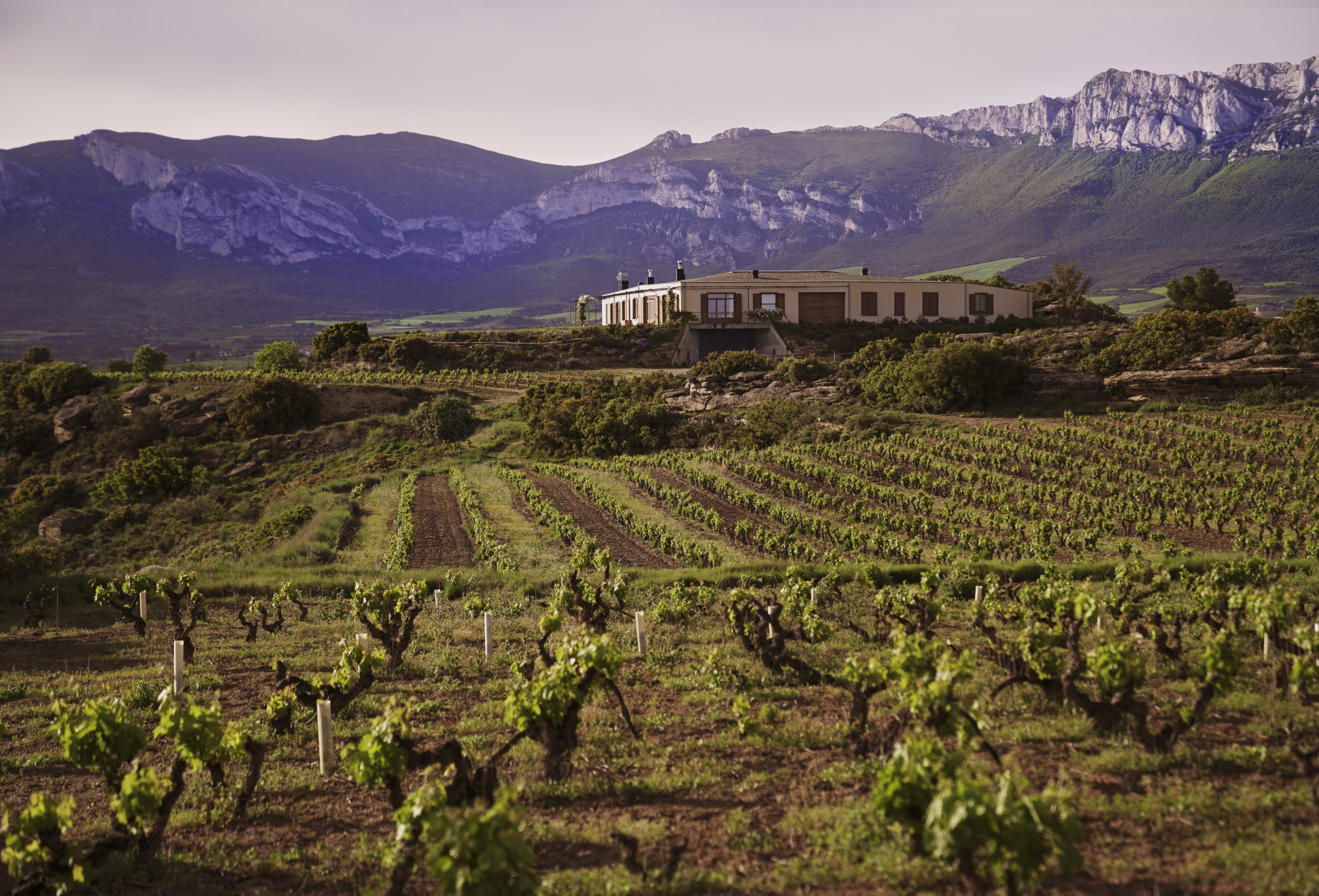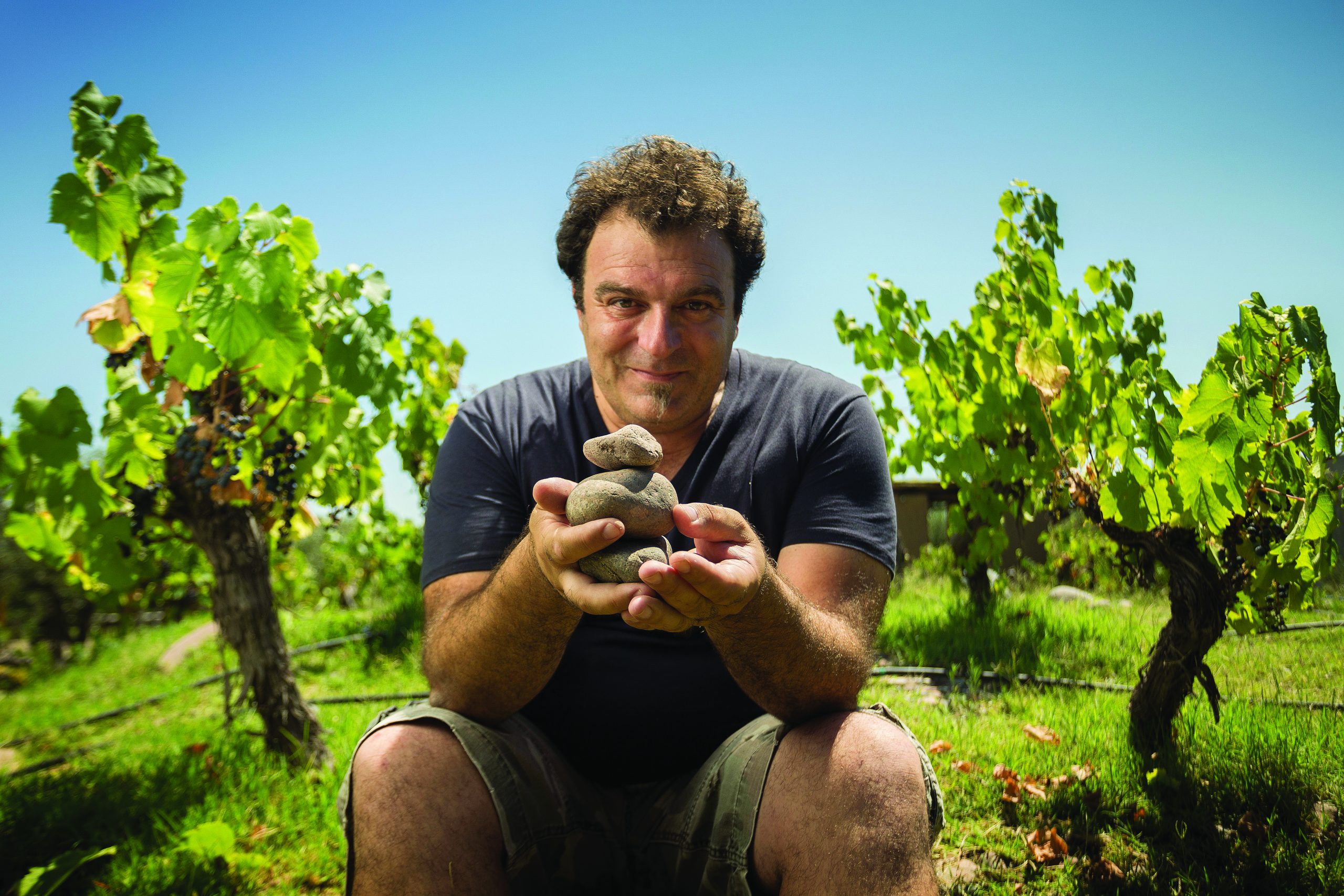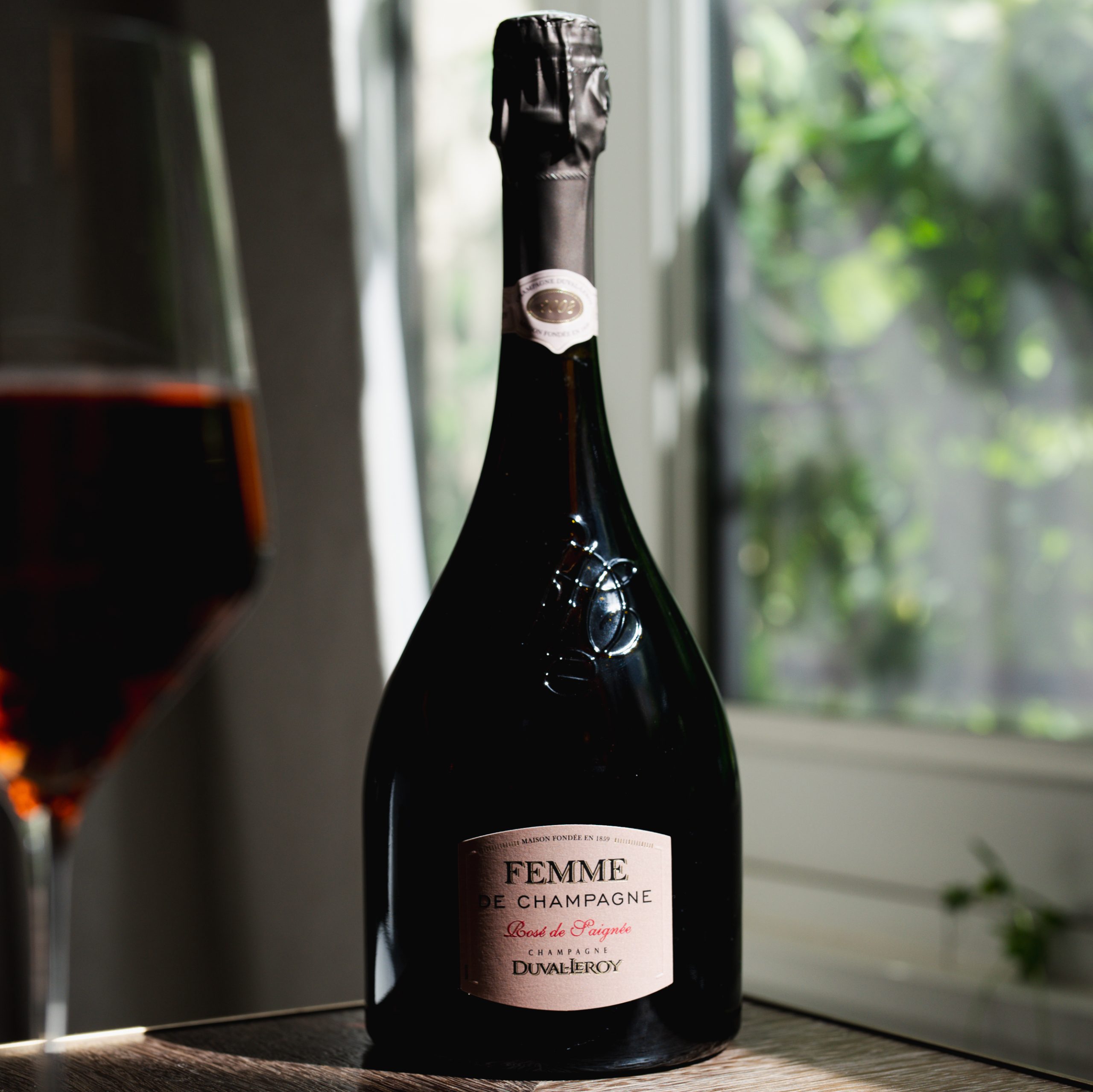How one Spanish wine giant is contending with a changing climate
By Louis ThomasFine wine group Compañía Vinícola del Norte de España (CVNE) is making a concerted effort to secure its long-term future in the face of climate change, both in terms of where it invests and how it operates.
Speaking with the drinks business at ProWein, CEO Víctor Urrutia revealed that the company has long kept an eye on how the unfolding climate crisis might affect its vineyards, which total some 900 hectares (largely in Rioja, but also in Rías Baixas, Ribera del Duero, Valdeorras and Cava) today.
“The Mediterranean has suffered massively from drought in the last couple of years,” he explained. “We are based in Northern Spain. Everything we have been planting and buying in the last 20 years is at high elevation and high latitude, where it is cooler.”
One such recent acquisition was La Val in Rías Baixas, which was purchased by CVNE last March.
“It’s a historic property, one of the founding members of the appellation,” Urrutia shared. “It came with 40 hectares, and on top of that we purchased a further 60ha, so that brings us to a grand total of around 100ha of Albariño. We need to have ownership of the vineyards to control the quality. We have been looking at Albariño for many years, and it is the last missing chunk for our portfolio in Spain.”
Urrutia divulged that there are now immediate plans to further expand the size of La Val’s vineyard area.
“The challenge that we have now is interpreting those vineyards through different wines and single vineyard expressions.”
One advantage of investing in Rías Baixas for the long-term viability of CVNE’s wine production is that drought is not a problem. It rains – a lot. According to Wines of Galicia, the region, which sits close to the Atlantic, receives in excess of a metre and a half (1,600 millimetres) of rainfall a year.
“One of the challenges we have at La Val is to aerate the ground to improve drainage, because it has been compacted over the years. It’s quite the opposite problem than you might see in Southern Spain,” Urrutia explained, sharing that reducing the use of heavy machinery in the vineyards was one such method to reduce soil compaction, and that all the fruit is harvested by hand.
Partner Content
For now, a lack of water is not the major concern for CVNE.
“Everything we do across our estates is dry farmed – we don’t irrigate,” he revealed.
When posed with the question of certified organic viticulture, Urrutia suggested that there is more than one way to skin a cat.
“I think the single most important thing, that everyone should try and do, is eliminate the use of herbicides. Going organic is something that we have analysed and discussed, and a lot of what that implies we are doing anyway, and will continue to do. We’re not certified, perhaps we might be at some point in the future. Would it be great to have it? Yes. Is everything perfect with organic? No. Organic allows for the use of copper sulphate [against mould], and that isn’t ideal.”
Taking action
Wine, like any industry, requires energy, and the resultant emissions are, ironically, contributing to the conditions that are making grape growing more challenging.
In April last year, CVNE joined the International Wineries for Climate Action (IWCA), and last month it achieved Gold Member status, in recognition of the company’s efforts to curb its carbon footprint. Other Gold Members include California-based Jackson Family Wines, Chile’s VSPT Wine Group, Sula Vineyards in India, as well as fellow Spanish producers Familia Torres, Alma Carraovejas, and Viñas Familia Gil.
“It’s useful to have collaborative efforts to help us reduce our environmental impact. It needs to be part of everything that we do.”
“This year,” he continued, “greenhouse gas emissions were down by 16%, and we reduced them by 12% in 2022.”
“The next objective for this year is to have 30% of the energy consumed in the winery to come from renewable, self-generating sources. We were at 14% in 2022 and 23% in 2023 – this comes from two sources: solar panels on the roofs of all our properties, and secondly, instead of burning fossil fuels to heat the water that we used to clean the winery equipment, we now use boilers that burn the clippings that we produce from our vineyards, which we burn anyway.”
“Ideally we would not be burning clippings,” Urrutia said, “but we have to do it anyway, and by doing this we don’t have to burn more diesel. We continue to have 100% of the energy that we purchase from the grid come from renewable sources, and we are also reducing our fossil fuel consumption with transport, using electric trucks.”
Overall, Urrutia is optimistic for the future of CVNE’s viticultural operations: “Convincing people to buy a wine is always a bigger challenge than making it.”
Related news
Data-driven and AI-analytics: the changing dynamics of the fine wine market
Allan Sichel: price readjustment 'necessary’ for upcoming en primeur campaign
Ronaldo shocked as team mate drinks his £8,000 bottle of Petrus




